Cosmetic Rhinoplasty
Be the best version of you.
COSMETIC
There is definitely no “one size fits all” option for Rhinoplasty.
In fact, breaking things down into categories is artificial.
Noses are like fingerprints.
I always design each nose exactly to proportions and characteristics of each patient’s face.
That said, there are often commonalities amongst different types of patients / noses.
We can use this information to help with analysis of what needs to be done and how we can accomplish these goals.
Click below for more detailed information as well as rhinoplasty before and after photos for specific subgroups / ethnic subtypes.
HISPANIC

Since there is a wide range of genetic influence from both African and Caucasian type noses, Hispanic noses can include a wide spectrum of starting points. I often pick and choose from the techniques I described previously / elsewhere, customizing everything to the exact needs of each nose.
It wouldn’t be uncommon, thus, to have to remove a bump, make a tip smaller, and also narrow and refine the tip and possibly even the base. The skin can be thin or it could be thick. Often it is a nice happy medium, which is definitely an advantage for these patients.
CAUCASIAN
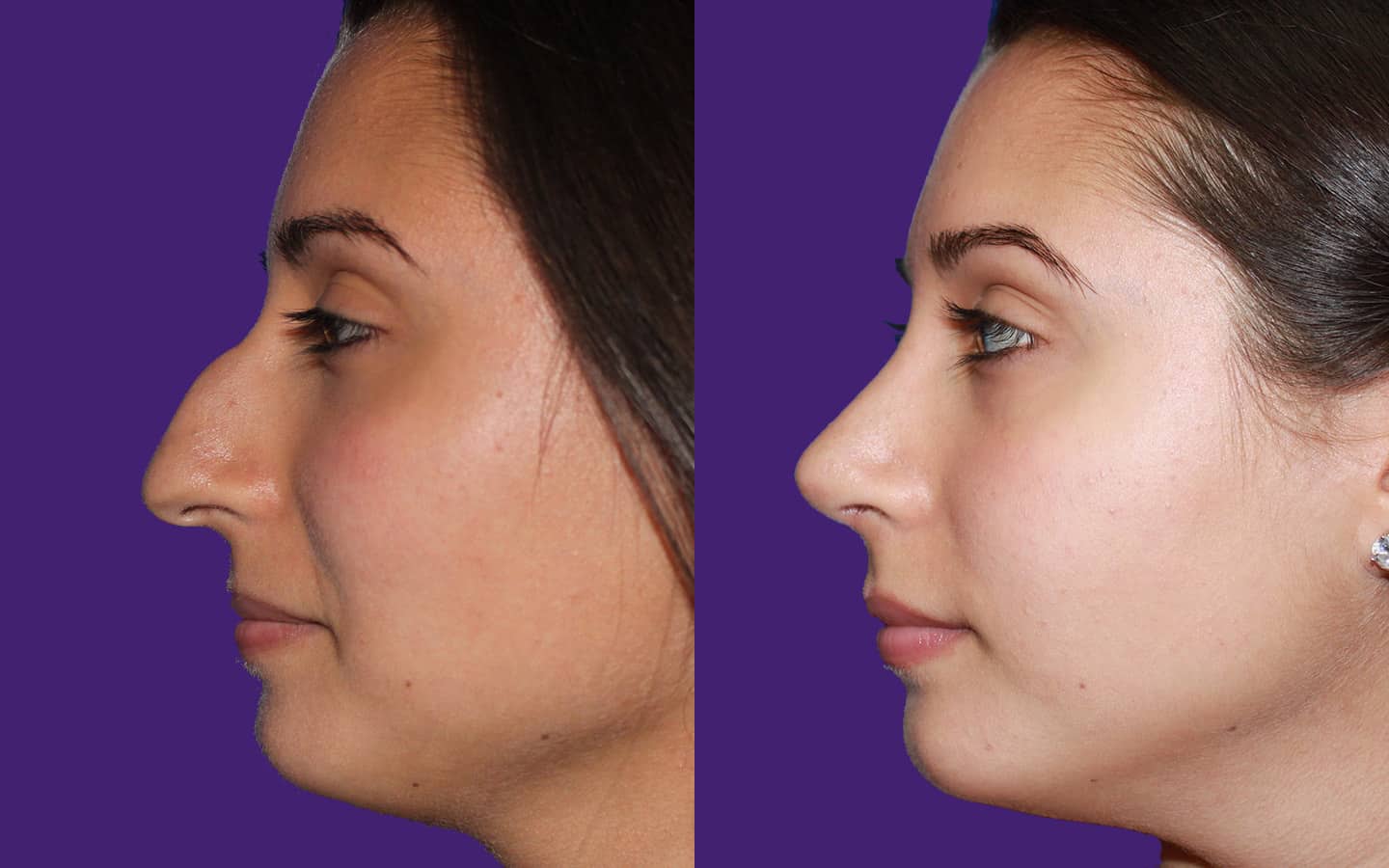
In general, with Caucasian Rhinoplasty we are going to be dealing with taller, thinner noses with larger bony bumps. These noses can often be twisted or crooked, related to the growth of the nose or due to trauma.
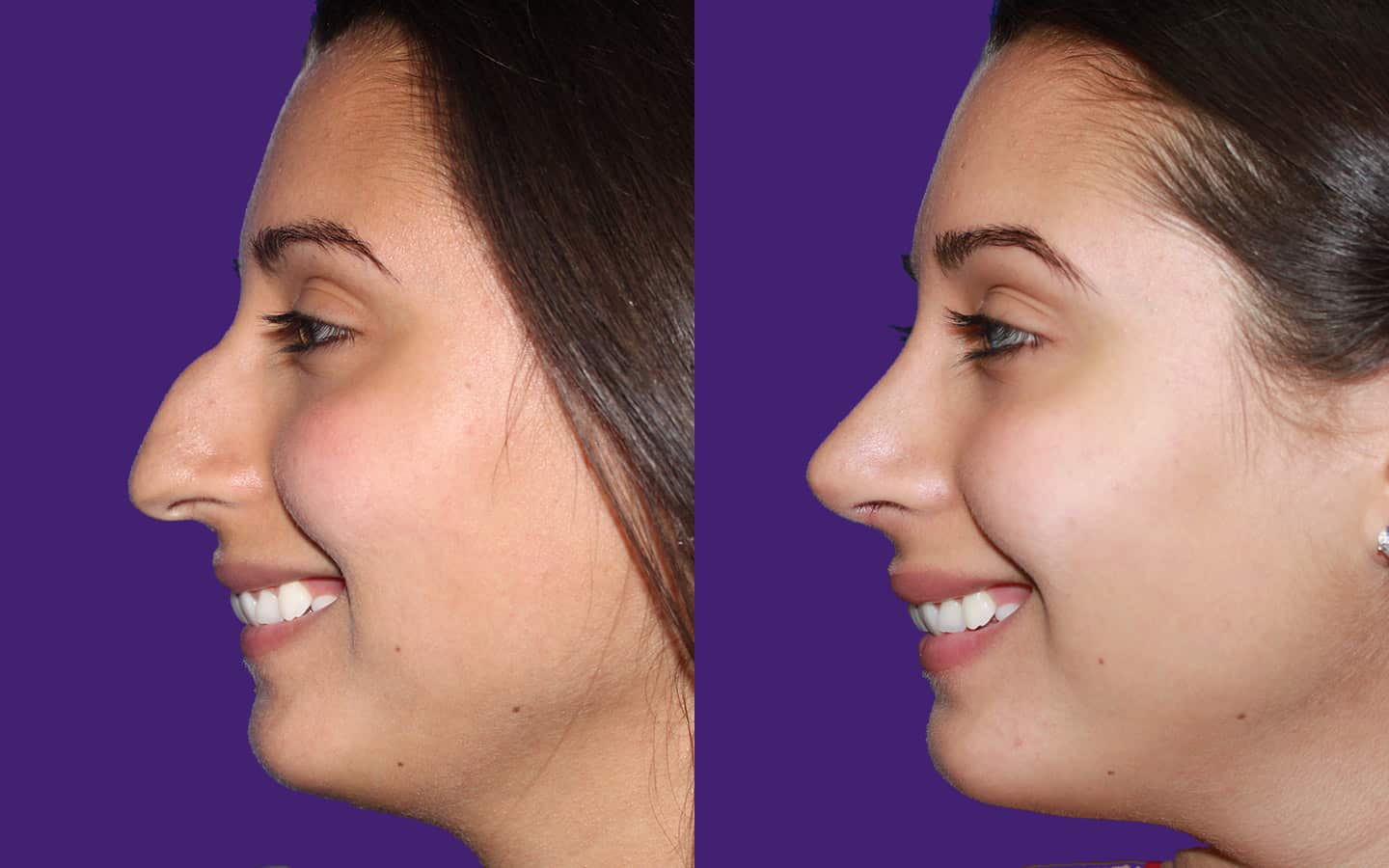
Taking down a dorsal hump is probably one of the most common techniques performed in rhinoplasty surgery. Many patients (and even doctors) will minimize this, thinking it is easy. There really is no such thing as easy in rhinoplasty. Each maneuver is fraught with many tiny little details that could lead to poor results if undertreated, overtreated, or overlooked.
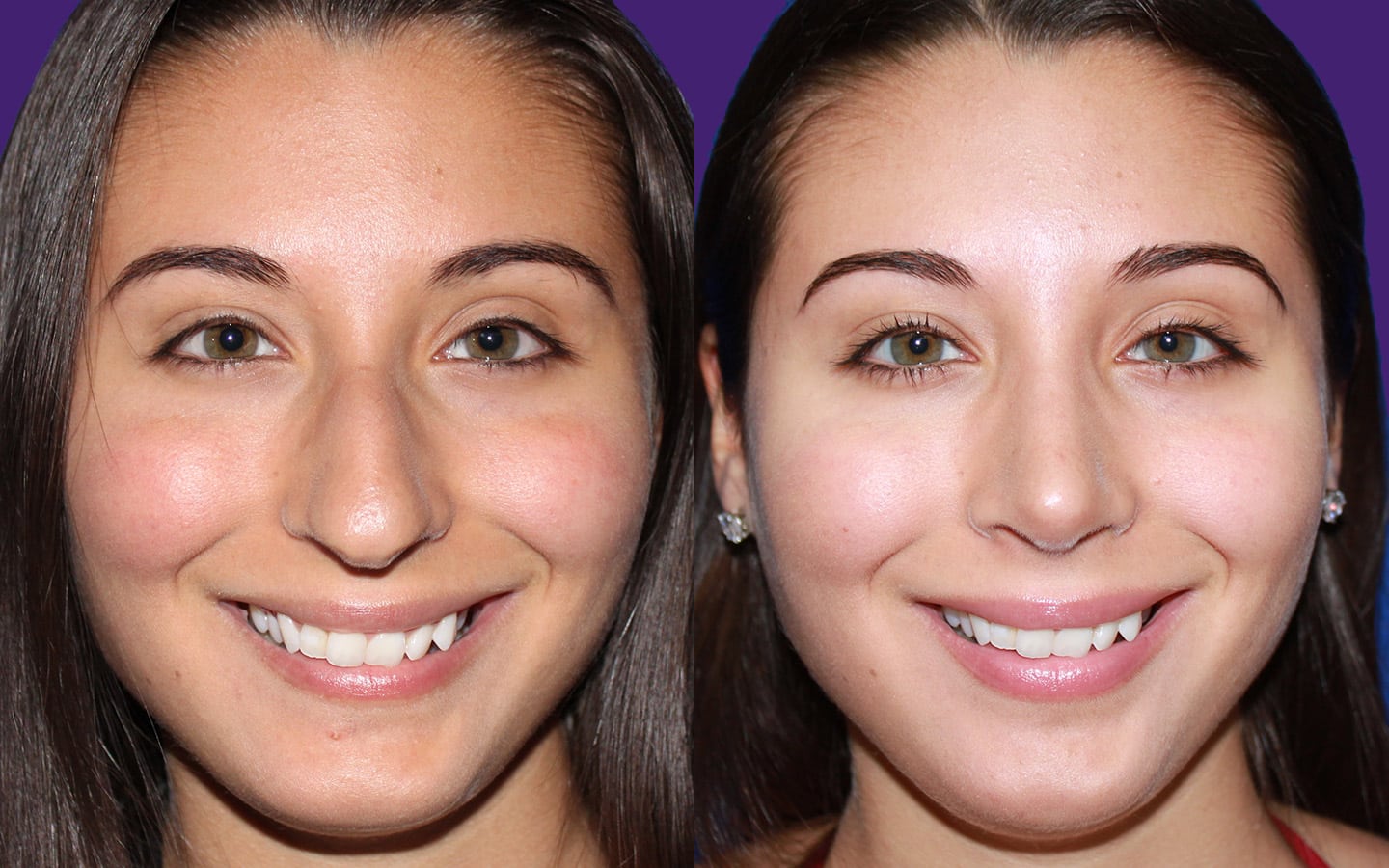
When significantly reducing the size of the nose, there is always the concern that an overreduction could negatively affect breathing. As an ENT trained, nasal breathing specialist, I take great care in properly reconstructing each component of the nose to ensure a lifetime of comfortable breathing. Failure to pay close attention after removing a bump or making a tip smaller can easily result in collapse and valve issues.
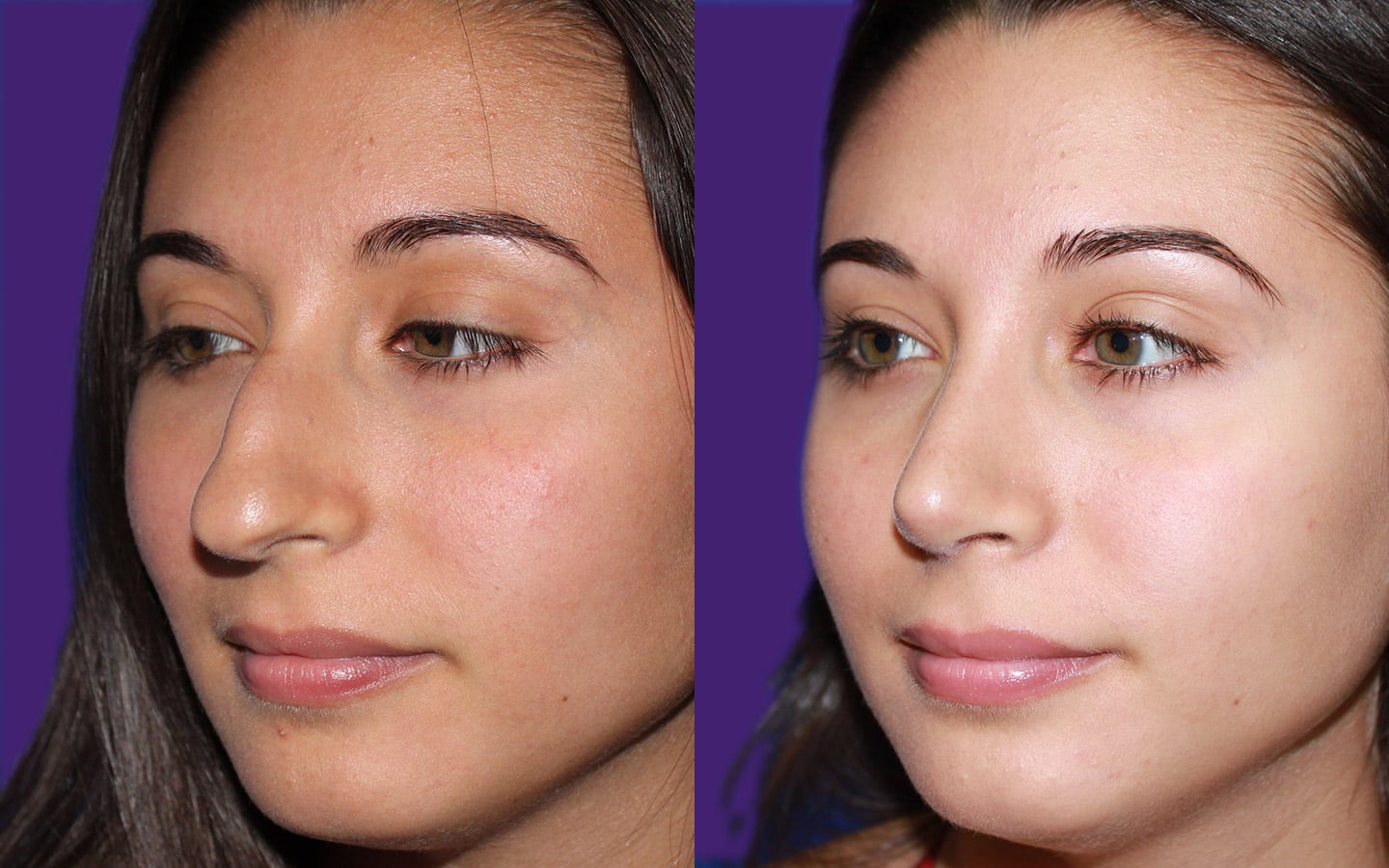
Another area of critical importance in this group is the skin thickness. Thin skin means every little detail underneath will show through. These patients are high risk for tiny dents, bumps, irregularities to show as time goes on. I often spend an extra hour or more at times on these patients to make sure everything under the skin is as smooth and regular as possible.
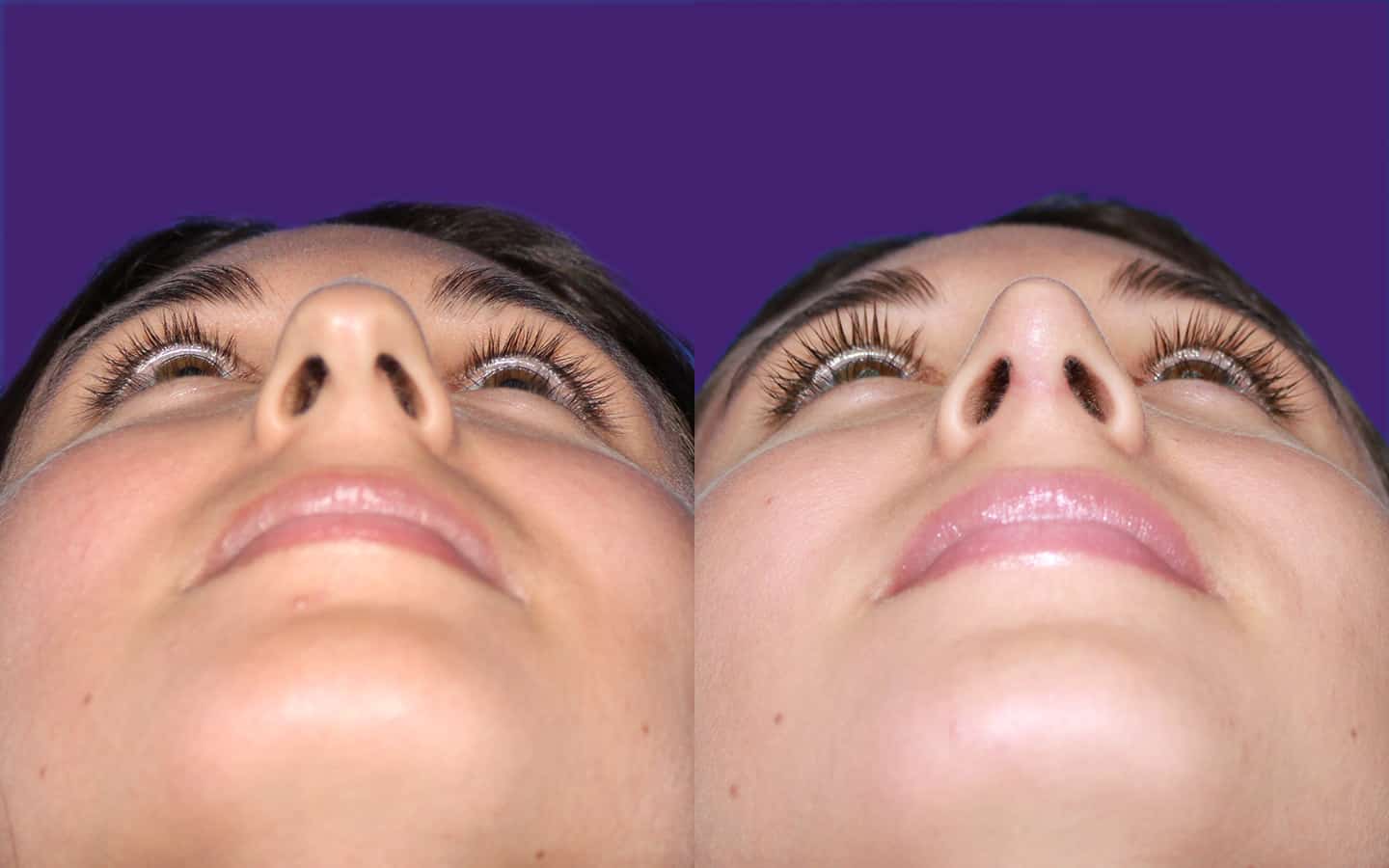
MIDDLE EASTERN
AFRICAN-AMERICAN
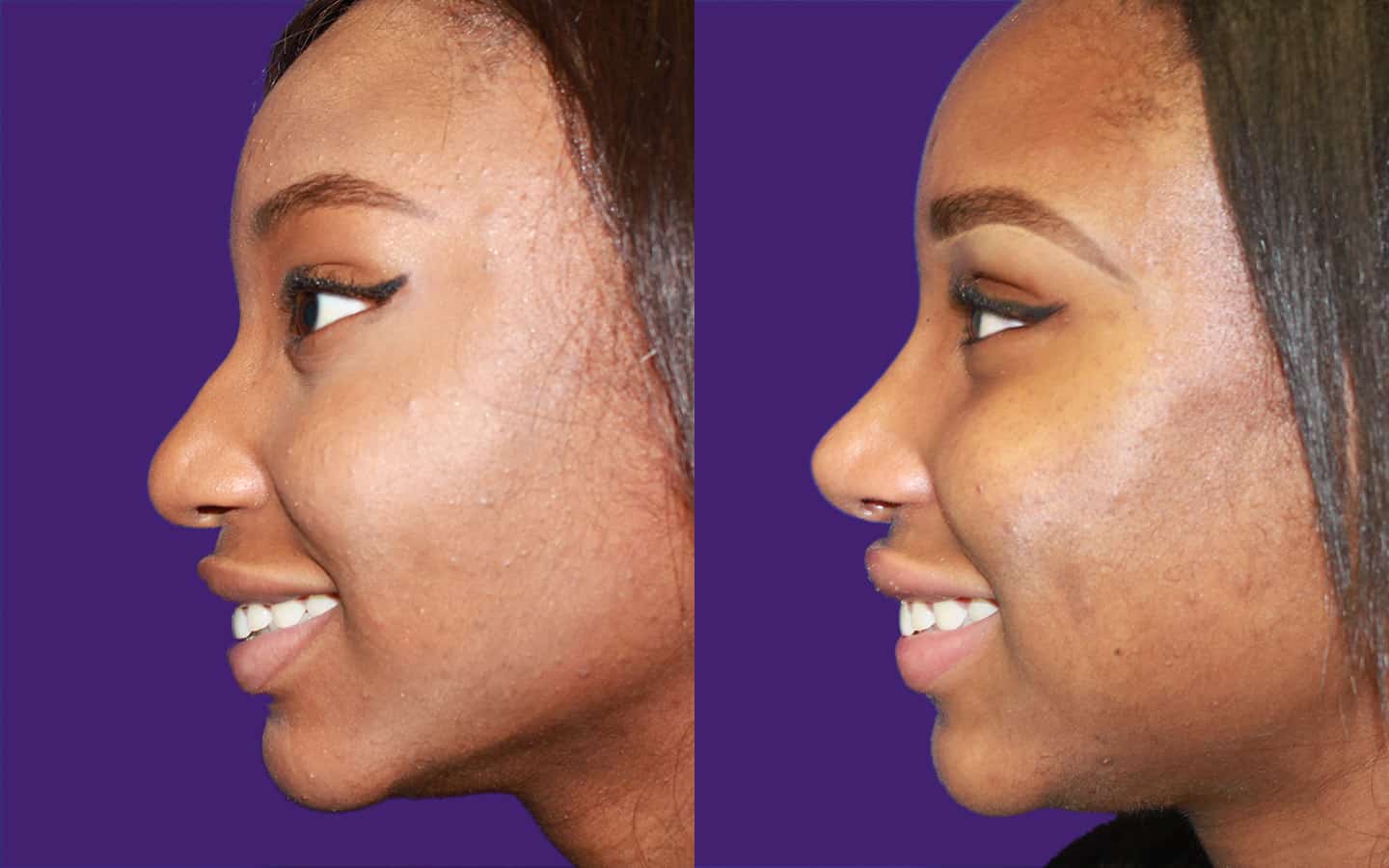
Often characterized by a low flat bridge and thick skin with a wide tip and a wide base, African-American rhinoplasty presents a few major challenges.
First, how to increase project of the tip in order to narrow it. Simply removing some of the tip cartilage, as many plastic surgeons do, will only make a somewhat smaller, but still wide tip.

We want to push the tip forward, which will make it more angular, increasing the projection. This results in a slimmer, more refined appearance with nicer angle views.
The bridge can then be smoothened or gently built up to match the new tip projection and give a nice slope to the profile.

Patients often ask about narrowing the base of the nose (alar wedge or alar base reduction). Most of the time, I discourage patients from this. It is often not necessary for an excellent result and the downside is additional scarring externally.
The patient above shows significant narrowing without base excisions.
However in very wide noses of any ethnicity, depending on starting point and patient goals, we may indeed opt for this technique in order to bring the base of the nose into harmony with the more refined tip.
ASIAN

Probably the most difficult of all primary rhinoplasty, Asian Rhinoplasty presents with many of the challenges seen in African-American rhinoplasty. Namely, a low flat bridge coupled with a thick skin envelope and a flat tip lacking projection.

I will use very similar techniques as discussed previously in fact, to achieve a slimmer, more refined and projected tip. Pushing the tip out achieves a more defined, more narrow frontal view. This also allows me to create better angles views and a nice slope to the bridge.
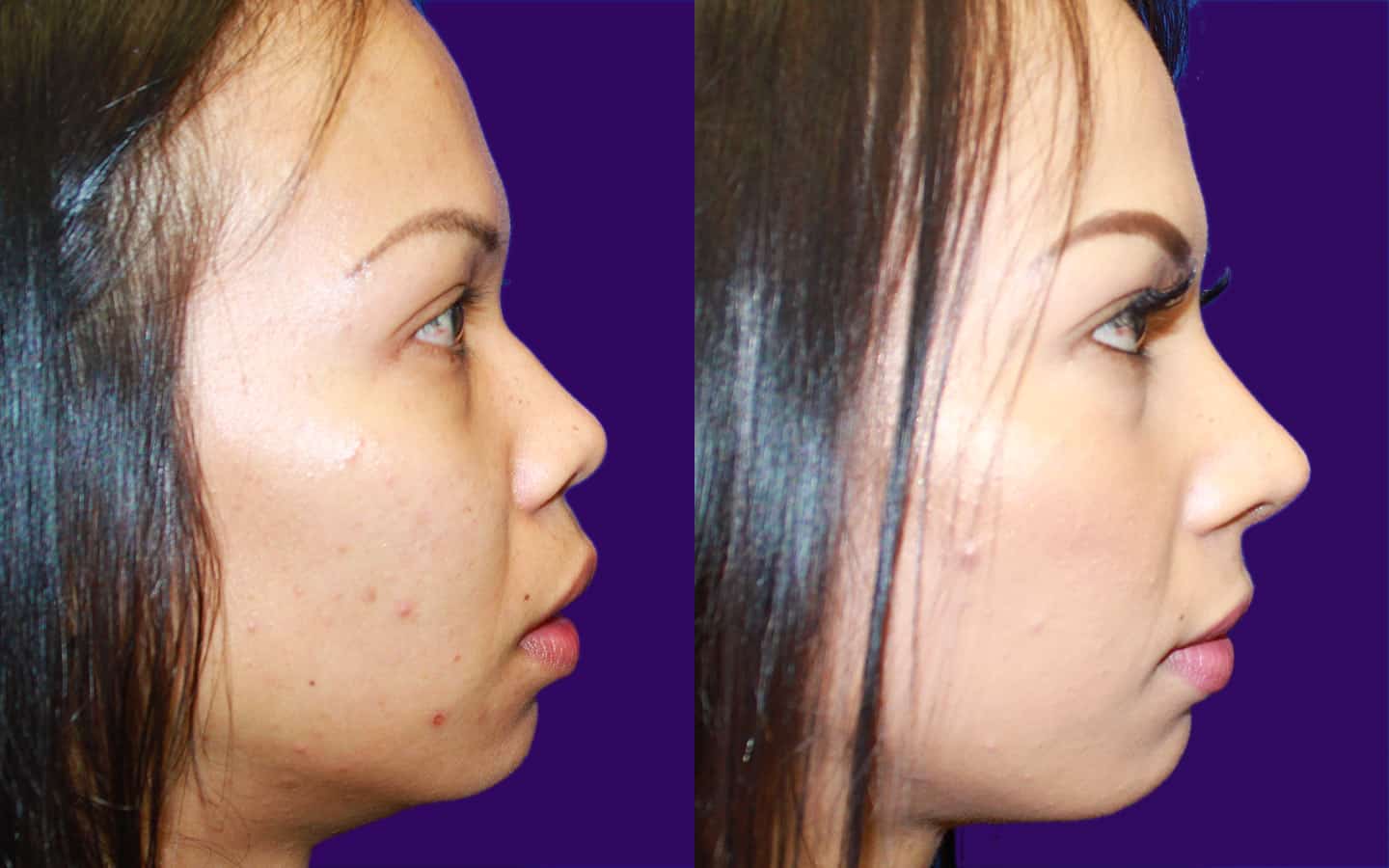
Asian patients will often request increase height of the bridge of the nose as well. This can be done, but requires a significant amount of cartilage. Combined with the need for cartilage to project the tip, there is often not enough native cartilage available in the septum. There is occasionally the need to use cadaveric rib cartilage for primary cases, similar to revision cases when we need more building material.

Go to: Functional Rhinoplasty
Go to: Functional Rhinoplasty